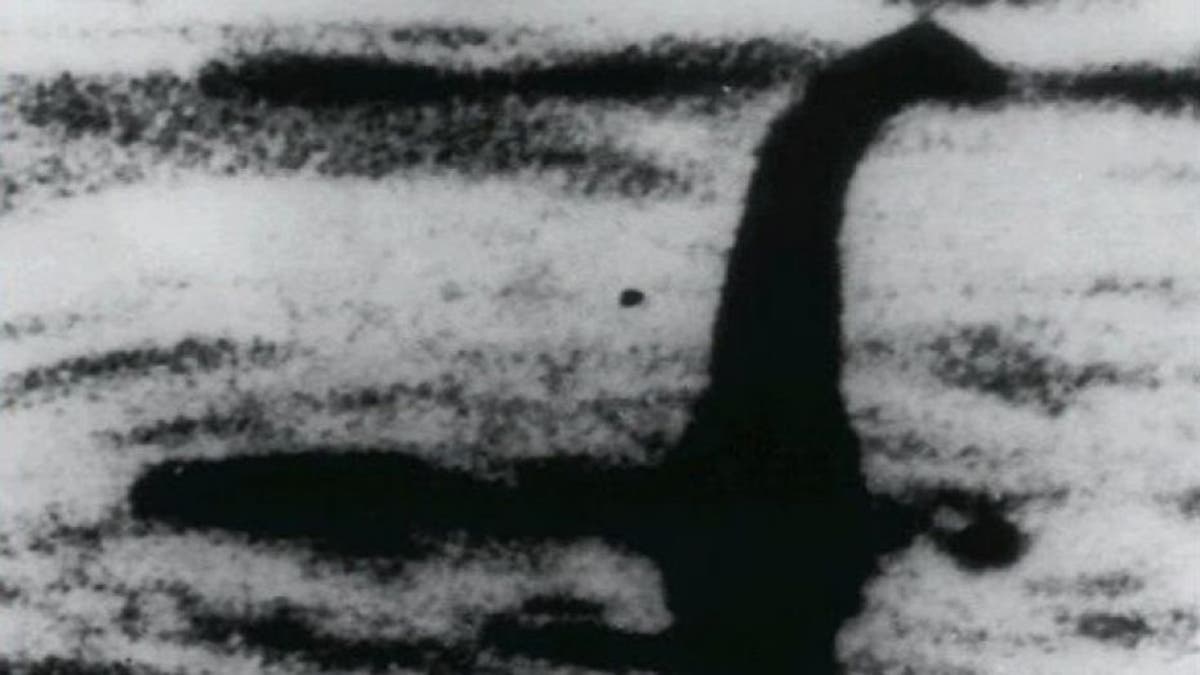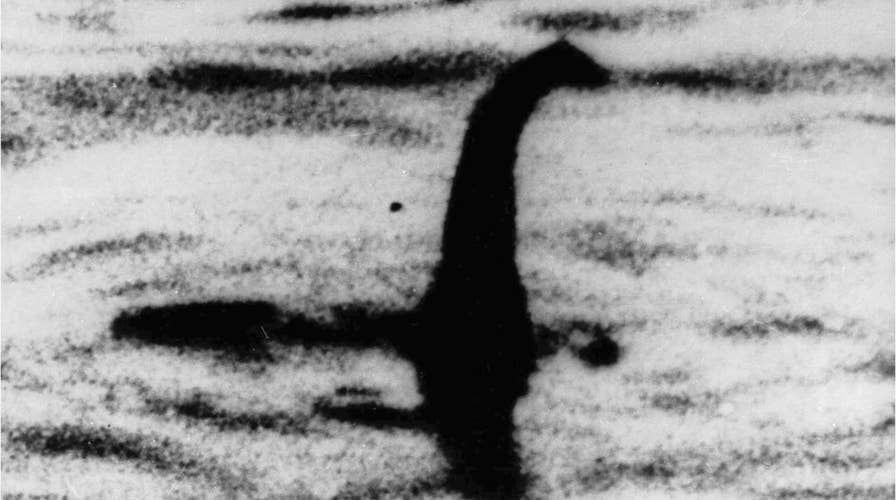Video shows the Loch Ness Monster could really just be a large eel
A video posted by the Ness Fishery Board supports a running theory that the Loch Ness Monster could actually just be a large eel.
The theory that the fabled Loch Ness Monster could be a giant eel has been given a boost, thanks to a video posted to social media showing a long, slender creature swimming in the River Ness.
The Ness Fishery Board tweeted the video on Sept. 1, just days prior to New Zealand researcher Neil Gemmells' press conference, where he revealed the results of his study and said it's possible the legendary creature could be a giant eel.
"Lets (sic) be honest - when you see a large, eel shaped object passing your camera in the River Ness, the first thing you think of is [the] #lochnessmonster," the organization wrote.
LOCH NESS MONSTER COULD BE A GIANT EEL, RESEARCHER CLAIMS
The Ness Fishery Board is a "statutory body responsible for the protection and enhancement of salmon & sea trout fisheries in the Ness District," according to its Facebook page.
The River Ness is a 6-mile long river that flows from the northern end of Loch Ness to Inverness. News of the video was originally reported by The Times of London.
Earlier this month, Gemmell gave his "plausible" explanation for what people may have seen in the loch in the past but added that it is most certainly not a dinosaur.
"We can't find any evidence of a creature that's remotely related to that in our environmental-DNA sequence data," Gemmell said, according to the BBC. "So, sorry, I don't think the plesiosaur idea holds up based on the data that we have obtained."
"There is a very significant amount of eel DNA," Gemmell, a geneticist from New Zealand's University of Otago, added. "Eels are very plentiful in Loch Ness, with eel DNA found at pretty much every location sampled – there are a lot of them. So, are they giant eels? Well, our data doesn't reveal their size, but the sheer quantity of the material says that we can't discount the possibility that there may be giant eels in Loch Ness."
He continued: "Therefore we can't discount the possibility that what people see and believe is the Loch Ness monster might be a giant eel."
Richard Freeman, of the Center for Fortean Zoology, told The Times that the eel theory has not squashed the idea of a monster, but in fact, has done the opposite. "I don't believe the eel theory has killed off the Loch Ness Monster, quite the reverse in fact," Freeman said. "A giant eel, which can grow up to 30 feet, is a monster in every sense of the word."
European eels can grow up to 5 feet, according to the USGS. They have a diet that consists of insect larvae, mollusks, worms and crustaceans. They're also able to "survive near freezing temperatures" and are seen as "remarkably mobile," capable of moving over dams, weirs and even land, adding credence to Gemmell's findings.
Gemmell, who first announced the study in May 2018, said last month that one theory was "plausible" in attempting to explain the fabled Nessie. In addition, the ideas that sturgeon or Greenland sharks lived in the loch were also put to rest after Gemmell said no DNA of either creature had been found among the 250 water samples taken from various depths.
LOCH NESS MONSTER: THIS IS SCOTLAND'S PLAN IF THE FABLED BEAST IS CAUGHT
Gemmell's research was established to find what types of plants and animals live in the loch and not specifically to find the mythical creature, but he conceded that his work did add to the legend.
"People love a mystery, we've used science to add another chapter to Loch Ness' mystique," he said, according to the BBC.
One of Scotland's oldest myths, the story that a creature was living in Loch Ness, dates back to the sixth century. The 19th and 20th centuries, in particular, saw an increase in interest, especially after the infamous "surgeon's photograph" in 1934. This photograph was later proven to be a hoax.

FILE -This is the infamous surgeon's photograph, taken in 1934, that was purported to show the Loch Ness monster in Scotland. It was later proven to be a hoax. (AP Photo, File)
A study published in April suggested that the legend of the Loch Ness monster and other long-necked "sea monsters" may have been influenced by something very real and even more terrifying — dinosaurs.
The legend of the Loch Ness monster has commonly been attributed to a plesiosaur that somehow managed to survive the mass extinction event that killed off the dinosaurs.

